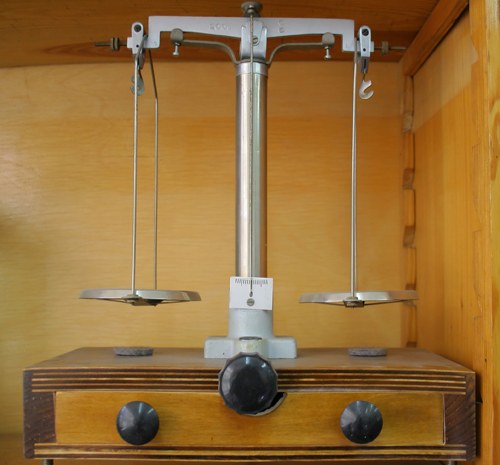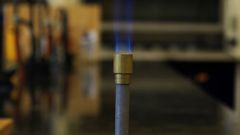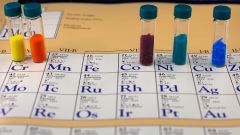You will need
- - handle;
- paper for records;
- calculator;
- - the periodic table.
Instruction
1
Relative molecular mass is a dimensionless value that indicates the mass of a molecule relative to 1/12 mass of carbon atom, measured in relative atomic units.
2
Example 1: Determine the relative molecular mass of CO2. One molecule of carbon dioxide consists of one atom of carbon and two atoms of oxygen. Look in the periodic table the atomic masses for these elements and write them down, rounding to the nearest whole number: Ar(C) = 12; Ar(O) = 16.
3
Calculate the relative mass of a molecule of CO2, adding the masses of the atoms composing it: Mg(CO2) = 12 + 2*16 = 44.
4
Example 2. How to Express the mass of one gas molecule in grams consider the example of carbon dioxide. Take 1 mol of CO2. Molar mass is numerically equal to the molecular CO2: M(CO2) = 44 g/mol. One mole of any substance contains of 6.02*10^23 molecules. This number is called the Avogadro constant and is denoted by Na. Find the mass of one molecule of carbon dioxide m(CO2) = M(CO2)/Na = 44/6,02*10^23 = 7,31*10^(-23) grams.
5
Example 3. You are given a gas with a density of 1.34 g/L. you want to find the mass of one molecule of gas. According to the law of Avogadro normal conditions one mole of any gas occupies a volume of 22.4 liters. Determine the mass of 22.4 liters, you will find the molar mass of gas: Mg = 22,4*1,34 = 30 g/mol
Now, knowing the mass of one mole, calculate the mass of one molecule analogously to example 2: m = 30/6,02*10^23 = 5*10^(-23) grams.
Now, knowing the mass of one mole, calculate the mass of one molecule analogously to example 2: m = 30/6,02*10^23 = 5*10^(-23) grams.




